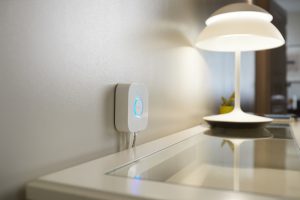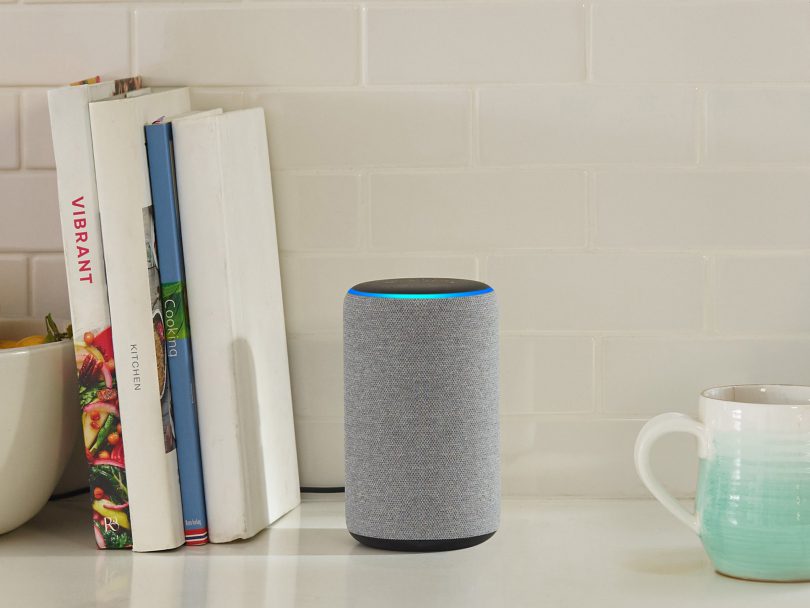By Pat Keegan and Brad Thiessen
It seems like every device is getting smarter these days. Since it is so new, many of us could use a little introduction into ideas for smart home lighting.
At its heart, smart lighting covers a range of bulbs, controls and lighting systems that are programmable through an app on a mobile device, computer or smart speaker. Smart lighting can do more than just turn on and off at the right time.
Some ideas for smart home lighting include:
- Systems that dim at various times
- Systems that are connected to a sensor or motion detector so that a light goes on when a door is opened or someone enters a room
- Systems that can change color so you can set up a holiday light show indoors or outdoors
- Practical systems that provide lighting that matches sunlight during the day and is more relaxing in the evening
- Systems that play music directly from the bulb
In most cases, you control smart lighting through your home Wi-Fi. You can communicate to individual smart bulbs or to a hub that, in turn, controls individual bulbs. In some cases, you can use Bluetooth® on your phone to control smart lighting, but you’ll need to be within range of the bulb or hub. Smart lighting can also be used outdoors, but the range of your control device could limit this approach.
If the smart bulbs are the type that connect through a hub or connect directly to your Wi-Fi network, you should be able to control them via smart speakers like Google Home, Amazon Echo or Apple HomePod, and remotely through the internet or smartphone. While a hub-based system is more expensive, it allows lights to be grouped by floor or room, and also uses less bandwidth on your network than running many separate bulbs. Some hub kits also allow you to use regular bulbs instead of requiring more-expensive smart bulbs, which could save you money.

Smart lighting systems that run through a hub, like the Philips Hue shown here, can control all the lighting inside and outside your home. Photo Credit: Philips
Will smart lighting save energy?
That depends on how you light your home and control your lighting now, and on how you would control the smart lighting you install in the future. If you use smart lighting to turn lights off when they aren’t needed, like when rooms are empty or no one’s home, or to reduce the wattage, you will save energy.
How much energy can you save? Lighting accounts for about 6% of electricity use in the average home, which means your total cost for all the lighting in your home might be $100 per year. If you have some high wattage bulbs that are on for long periods of time every day, your lighting use could be significantly higher than average.
Investments in smart lighting are not likely to pay back as quickly as some energy efficiency measures that control heating or air conditioning. Smart bulbs are more expensive than typical LED bulbs, ranging from $15 to $80, and a hub can cost up to $125, so it could take a long time to make your money back. Chances are, you’re better off investing in smart lighting for the features than the energy savings.
More smart technology opportunities
One alternative to smart lighting is smart wall outlets or wall switches. For example, you can plug a lamp with a standard bulb into a smart wall outlet, or you can have several lights wired to one smart switch. The downside to smart switches and outlets is that installation could be more challenging, and you may not have as many options and features that come with smart lighting.
Another strategy for smart lighting that has been around for a long time and is reasonably priced is to use occupancy sensors, motion sensors or timers as control devices.
The wide number of options and costs makes it difficult to select the best smart lighting for your situation. We suggest you do the research to make sure it’s worth your time and money to make the change.
This column was co-written by Pat Keegan and Brad Thiessen of Collaborative Efficiency.

